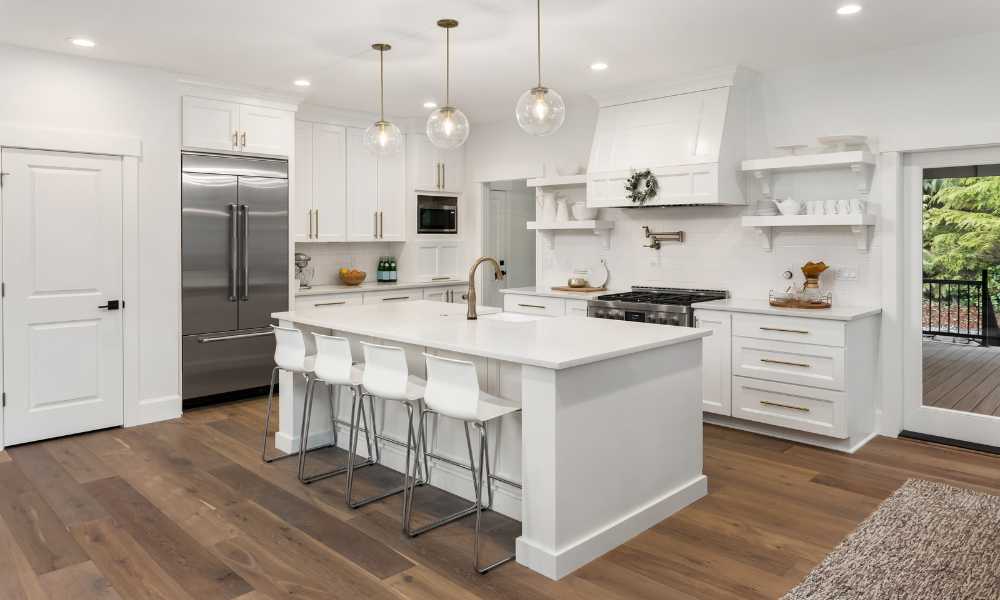Decorating a kitchen island is not just about adding functional elements; it’s about creating a focal point that enhances the overall ambiance of your kitchen. A well-decorated kitchen island can transform an ordinary space into a stylish and inviting area, perfect for cooking, entertaining, or simply enjoying a cup of coffee. Whether you prefer a minimalist approach or a more elaborate decor, the options to decorate your kitchen island are endless.
From selecting the right color palette to choosing accessories that reflect your personal style, each detail plays a crucial role in bringing your vision to life. In this article, we’ll explore a variety of creative and practical ideas to help you decorate your kitchen island, turning it into a stunning centerpiece that complements your home’s decor.
Planning and Preparation
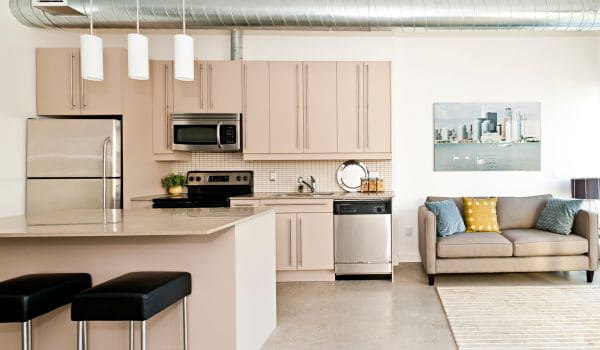
In the intricate dance of designing an island, thorough planning and preparation serve as the choreographer, orchestrating the elements that will come together to create a harmonious and functional space.
Assessing Kitchen Island Size and Shape
The first step in this symphony is a meticulous assessment of the spatial dynamics. Evaluating available space, dimensions, and traffic patterns ensures that the island seamlessly integrates into the overall design. A well-proportioned island enhances both aesthetic appeal and practicality, becoming a centerpiece that complements the flow of daily activities.
Determining Decor Budget
With the stage set, the next consideration is the financial arrangement. Determining a reasonable budget allocates resources strategically, allowing for the acquisition of quality materials and decorative elements. This financial roadmap prevents overspending while providing the flexibility to invest in key design aspects, ensuring a balance between economic sensibility and creative expression.
Identifying Personal Style and Theme
As the directorial decisions take shape, an exploration of personal style and theme emerges. This step invites homeowners to delve into their design preferences, envisioning the atmosphere they wish to cultivate in theirs. Whether leaning towards a modern, rustic, or eclectic theme, this introspection sets the tone for the forthcoming design choices, aligning the island’s aesthetic with the broader decor.
Selecting the Right Materials
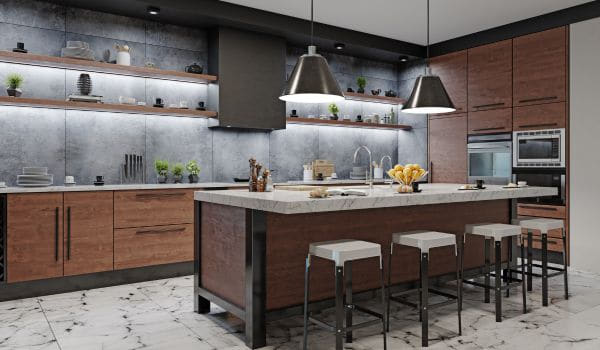
A pivotal act in the Island saga revolves around the selection of materials, each cue contributing to the visual and tactile experience of the space.
Countertop Choices
Granite, with its durability and diverse aesthetics, stands as a timeless option. Marble, exuding luxury, adds a touch of opulence but requires vigilant care. Butcher block, warm and inviting, caters to those seeking a rustic or traditional ambiance. Quartz, the engineered marvel, offers durability and low maintenance with an array of colors and patterns.
Cabinetry and Storage Options
The selection of cabinetry and storage solutions adds depth to the narrative. Open shelving introduces an airy feel, ideal for showcasing decorative items or frequently used kitchenware. Cabinets with glass doors fuse elegance with practicality, offering glimpses of curated content. Drawers designed for utensils and cutlery elevate organization and accessibility, contributing to the island’s functional prowess. In this intricate ballet of planning and material selection, the island emerges not just as a utilitarian entity but as a personalized, visually appealing, and functionally efficient hub within the heart of the home.
Incorporating Lighting
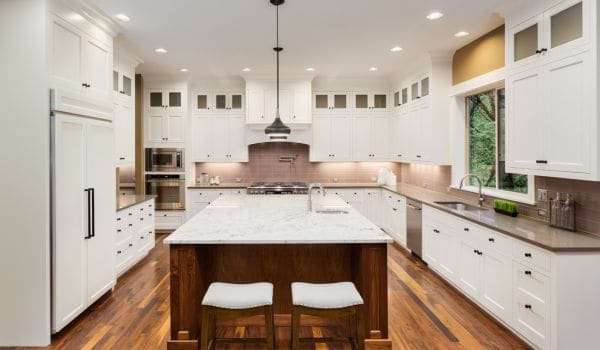
Lighting serves as the spotlight, enhancing the visual appeal and functionality of the island. Thoughtful incorporation of various lighting elements adds depth and character to the culinary stage.
Pendant Lights
Pendant lights are the prima donnas of island illumination, casting a warm glow while making a stylistic statement.
Choosing the Right Height
Striking a balance between form and function, the height of pendant lights is crucial. Optimal positioning ensures ample illumination without obstructing the view. Typically, pendants should hang 28 to 34 inches above the countertop, considering factors such as island height and personal preferences.
Matching with Kitchen Aesthetic
Pendant lights become integral design elements, contributing to the overall aesthetic. Selecting fixtures that harmonize with the style—whether industrial, modern, or rustic—creates a cohesive visual narrative. Materials, shapes, and colors should complement the island and surrounding decor.
Under-Cabinet Lighting
Beneath the surface, under-cabinet lighting adds a layer of practicality and ambiance, illuminating workspaces and highlighting the island’s features.
LED Strips
LED strips offer versatile and energy-efficient illumination. Installing these strips beneath cabinets provides even, shadow-free light, enhancing visibility for food preparation and other tasks.
Puck Lights
Puck lights, small and discreet, are ideal for focused illumination. Strategically placing these fixtures ensures targeted light on specific areas of the, adding a touch of drama and functionality.
Adding Decorative Elements
Beyond lighting, the invites a curated ensemble of decorative elements, infusing personality, and charm into the culinary narrative.
Plants and Greenery
The introduction of nature’s touch brings freshness and vitality to the environment.
Potted Herbs
Functional and aesthetic, potted herbs add a culinary element to the. Basil, rosemary, or mint not only provide a fragrant backdrop but also serve as readily available ingredients for cooking.
Hanging Planters
Maximizing vertical space, hanging planters introduce greenery without encroaching on the countertop. Cascading vines or flowering plants contribute to a lively and organic atmosphere.
Displaying Cookware and Utensils
Transforming the into a curated display amplifies its role as a functional and visually engaging focal point.
Hanging Pot Racks
Suspended pot racks showcase cookware as stylish decor, providing easy access while freeing up cabinet space. Choosing racks with complementary finishes adds to the overall aesthetic.
Magnetic Knife Strips
Efficient and visually striking, magnetic knife strips offer a space-saving solution for displaying knives. The sleek, modern look enhances both form and function.
Personalized Touches
Infusing personal artifacts and artistic elements elevates the from a mere workspace to a canvas of individual expression.
Decorative Bowls or Baskets
Adding texture and color, decorative bowls or baskets provide a platform for displaying seasonal fruits, vegetables, or artisanal tools, infusing warmth and character.
Family Photos or Artwork
Incorporating framed family photos or artwork creates a personalized gallery. The becomes a unique space where cherished memories and creativity converge, inviting a sense of connection and identity into the culinary realm.
In the delicate choreography of lighting and decorative elements, the transforms into a dynamic and inviting stage, where functionality intertwines seamlessly with aesthetics, creating a captivating culinary experience.
Creating a Functional Work Area
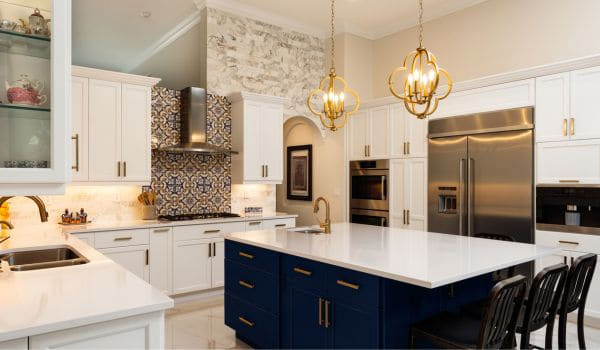
As the kitchen takes center stage in the culinary narrative, ensuring its functionality becomes paramount. This act involves the strategic integration of seating, appliances, and a thoughtful layout that optimizes the utility.
Incorporating Seating
Bar Stools or Chairs
Bar stools or chairs enhance the versatility by providing a casual dining or socializing space. Choosing stools with comfortable seating and an appropriate height fosters a seamless transition between cooking and dining activities.
Bench Seating
Bench seating introduces a communal and cozy aspect to the. This option is particularly effective for family gatherings or entertaining guests, creating a more relaxed and inclusive atmosphere.
Installing Appliances
Built-in Microwaves or Wine Fridges
The inclusion of built-in appliances elevates the functionality. Built-in microwaves offer convenience for quick meal preparation, while wine fridges contribute to an elevated entertainment experience. Selecting appliances that align with the kitchen’s overall aesthetic ensures a cohesive design.
Induction Cooktops or Sinks
For those desiring an all-in-one culinary hub, induction cooktops or sinks can be seamlessly incorporated into the. Induction cooktops provide a cooking station with a modern, sleek look, while sinks offer practicality for food preparation and cleanup. Proper placement ensures a smooth workflow and ergonomic design.
Maintaining a Cohesive Design
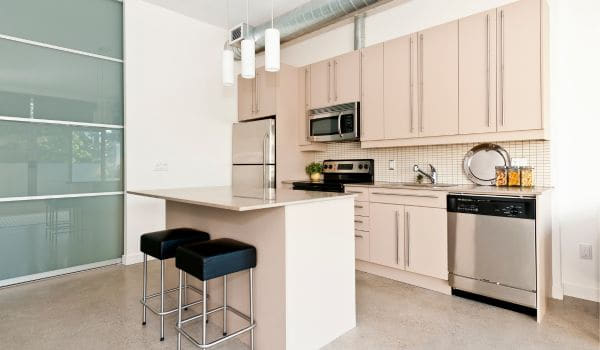
Harmony in design is the crescendo of the performance, weaving together various elements to create a visually appealing and cohesive ensemble.
Coordinating Colors and Textures
Consistency in color schemes and textures ties them to the broader aesthetic. Coordinating countertop materials with cabinetry, flooring, and wall colors fosters a seamless visual flow, contributing to a unified and polished look.
Considering the Overall Kitchen Design
The kitchen should harmonize with the overall design. Whether the embraces a modern, traditional, or eclectic style, the should complement and enhance the existing decor, creating a cohesive and inviting atmosphere.
Avoiding Clutter and Overcrowding
While the serves various functions, maintaining a clean and uncluttered surface is essential. Strategic storage solutions, such as concealed cabinets or drawers, prevent overcrowding. Thoughtful organization ensures that the remains a functional workspace without sacrificing its aesthetic appeal.
In the grand finale of creating a functional work area, the integration of seating, appliances, and a cohesive design elevates the into a multifaceted space that seamlessly blends practicality with style. As the heart of culinary activity, the becomes not only a functional hub but also a design element that enhances the overall experience.
Practical Tips for Maintenance
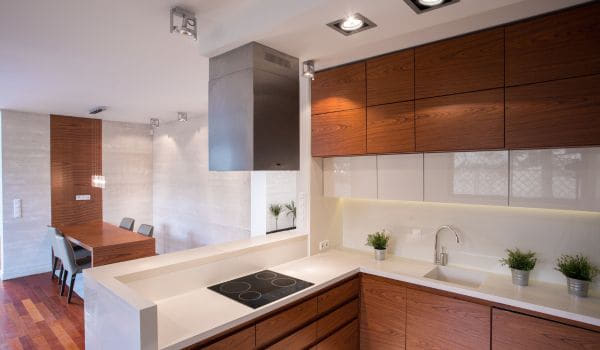
The final act in the symphony involves maintaining its pristine condition and ensuring it remains a vibrant and functional focal point. Practical tips for maintenance contribute to the sustained allure and efficiency of the island.
Easy-to-Clean Materials
Opt for materials that are easy to clean and maintain. This not only preserves the aesthetic appeal but also facilitates hassle-free upkeep. Stain-resistant countertops, durable cabinet finishes, and low-maintenance flooring contribute to a that stands the test of time.
Regular Organization and Decluttering
Implement a routine for organizing and decluttering the. Clearing unnecessary items and returning misplaced items to their designated storage spaces maintains an organized and visually pleasing environment. This practice also ensures that the remains a dedicated workspace without unnecessary distractions.
Seasonal Updates for a Fresh Look
Embrace the changing seasons by incorporating subtle updates to the decor. This could include seasonal plants, themed decor, or even a shift in color palette. Seasonal updates breathe new life into the, providing a refreshed and dynamic atmosphere without the need for a complete overhaul.
Conclusion
In the grand finale, the stands not only as a testament to thoughtful design and functionality but also as a canvas for personal expression. As the conductor of culinary experiences, its role extends beyond aesthetics to encompass practicality and maintenance. Whether adorned with stylish pendant lights, adorned with greenery, or equipped with functional seating, the remains a dynamic space that reflects the homeowner’s personality. By blending form and function, incorporating personal touches, and embracing practical maintenance, the becomes a timeless and inviting centerpiece for culinary exploration and social connection.

